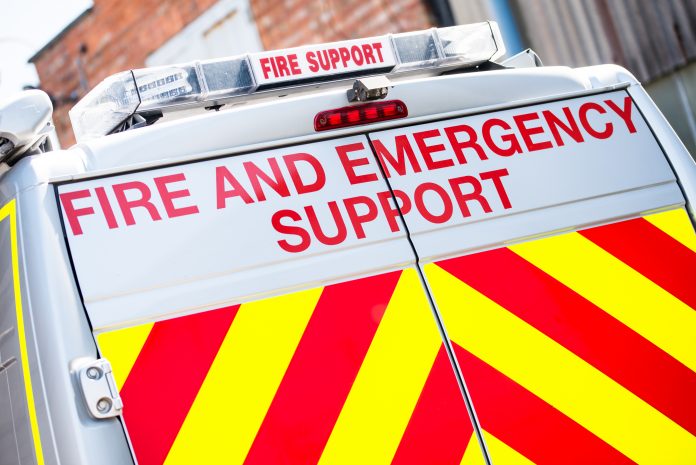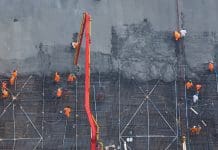Fire Risk Assessment is key to getting fire safety right, Silver Group discusses what makes a fire risk assessor ‘competent’ and why it is so important to choose the right assessor for the job
A Fire Risk Assessment is an inspection of your premises to establish and evaluate fire risk, the Regulatory Reform (Fire Safety) Order 2005 (RRO) – stipulates that the responsible person must be in possession of a Fire Risk Assessment.
If you’re an employer, owner or building manager, this is likely to be you. However, the RRO doesn’t make any mention of who you use to do the assessment. It only states that the assessor must be ‘competent’.
Some businesses with cashflow pressures will be tempted to either do a DIY risk assessment or choose their professional risk assessor based on the cheapest price they can offer. Neither is ideal and could prove deadly if the Fire Risk Assessment is mismanaged.
There are five main stages of a Fire Risk Assessment, including:
- Assessment of your building
- Reviewing how people who use the building may be at risk
- Preparing an evaluation and mitigating risk
- Preparing an emergency plan (for evacuation) and providing training
- Ensuring that the plan is regularly reviewed.
Can I do a Fire Risk Assessment myself?
There’s certainly no legal barrier to carrying out a Fire Risk Assessment yourself. There are some advantages, in terms of time and money. You also know your own building better than anyone.
But before you take on this responsibility, it’s wise to educate yourself about the potential consequences. If the worst did happen and someone lost their life on your premises during a fire, you would need to have evidence of your competency.
The law holds you personally liable for that person’s safety (and everyone else in your building) and a fire-related death would throw the spotlight firmly on you. Fines and prison sentences for those responsible are not uncommon so it’s wise to take this seriously.
If you are going to take on the responsibility yourself, you need to know what a DIY Fire Risk Assessment should cover.
DIY assessment:
- Do you know how to identify fire risks?
- Once identified, how would you remove or reduce those risks?
- What additional protective measures might you need?
- How would you account for vulnerable groups of people at risk, e.g. lone workers on night shifts, the disabled, young and elderly?
- Could you write an evacuation plan?
- What about training staff? Imposing strict policies might be viewed unfavourably by your employees.
- And finally, how often should the Fire Risk Assessment be reviewed and what might need revising each time?
Silver Group believe that unless you feel confident that you have the skills, training or experience to deal with all these aspects of the Fire Risk Assessment, the answer is most definitely, no, you can’t do the Fire Risk Assessment yourself.
What’s more, you’re also expected to stay up to date with legislative changes which may create a need for additional training. Do you have the time or capacity to handle all this?
What makes a fire risk assessor competent?
Google ‘fire risk assessor competency’ and a range of results provide guidance on determining what this means. For example, the Chief Fire Officers Association has published a set of criteria against which competency can be measured and created this guide.
Choosing the services of a well-trained and experienced assessor is the best way to ensure you are meeting legislative requirements. It’s worth checking that the risk assessor’s training was accredited by bodies such as the Institute of Fire Engineers or the Fire Industry Association.
Additionally, there are voluntary registers operated by professional bodies including the Institute of Fire Engineers, the Institute of Fire Safety Managers and the Institute of Fire Prevention Officers. Any assessor worth their salt will be on a register.
Using a competent fire risk assessor
The advantages of using a specialist fire risk assessor clearly compensate for any perceived disadvantages. A fully qualified, third-party accredited risk assessor has a wealth of knowledge and technical expertise, naturally acquired from carrying out multiple assessments, week in, week out. What’s more, they are impartial, something that you can’t be when assessing your own business. And they are guaranteed to stay up to date with legislation via their continuous professional development (CPD) commitments.
Third-party accreditation
By choosing a third-party accredited fire risk assessor, you are choosing to work with someone who has undergone training provided by an organisation committed to quality.
Third-party accreditation schemes are designed to give assurances to those commissioning Fire Risk Assessments in the future; assurances about quality, technical expertise and wider fire safety knowledge.
Silver Group














